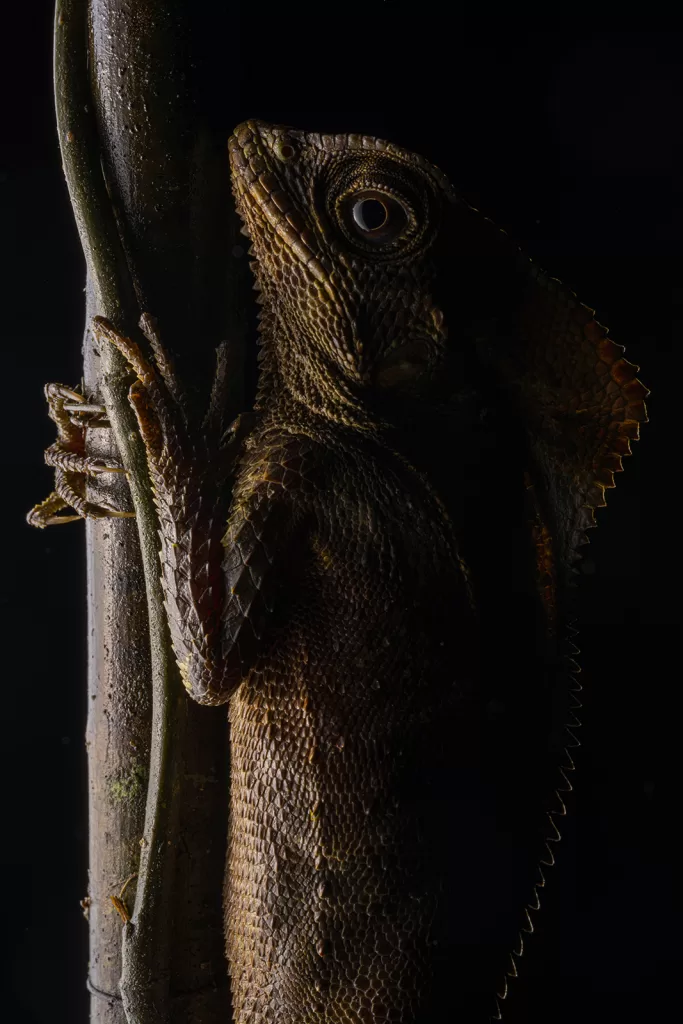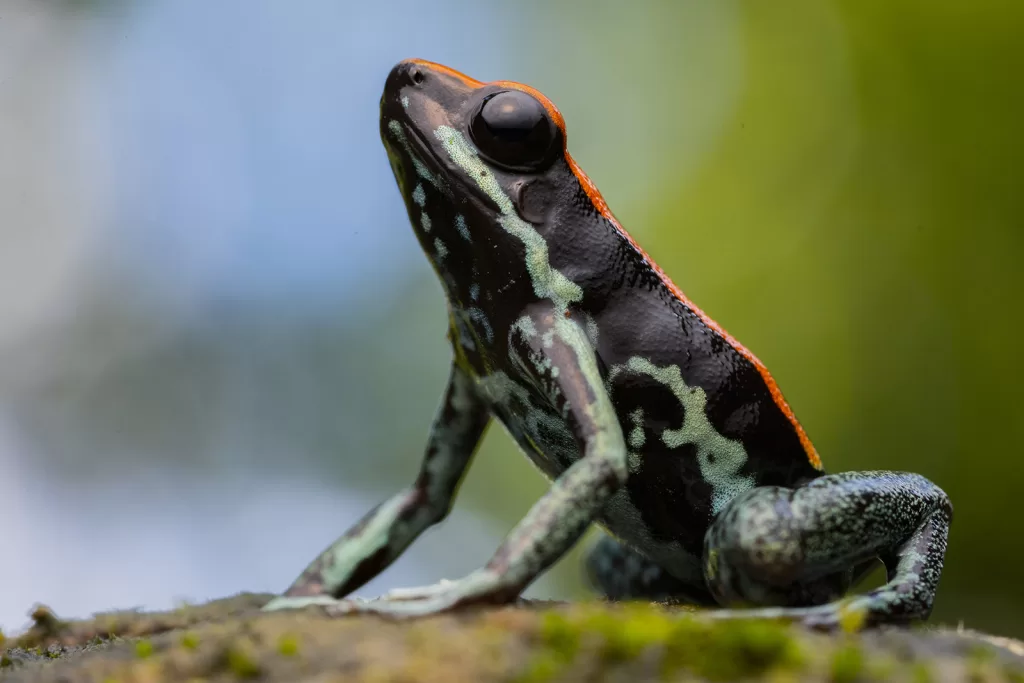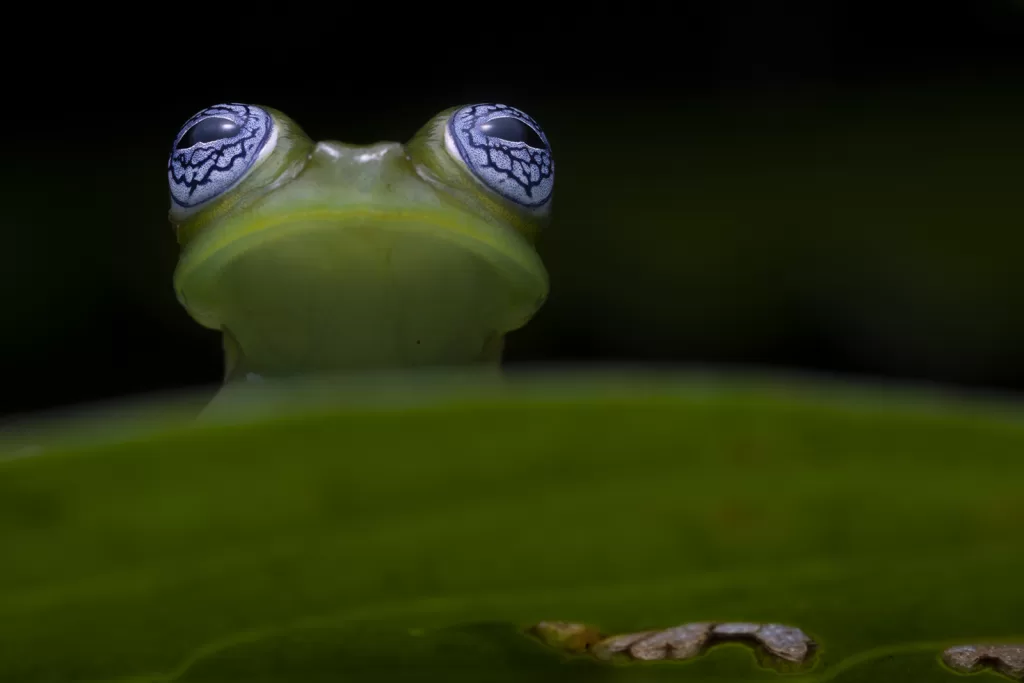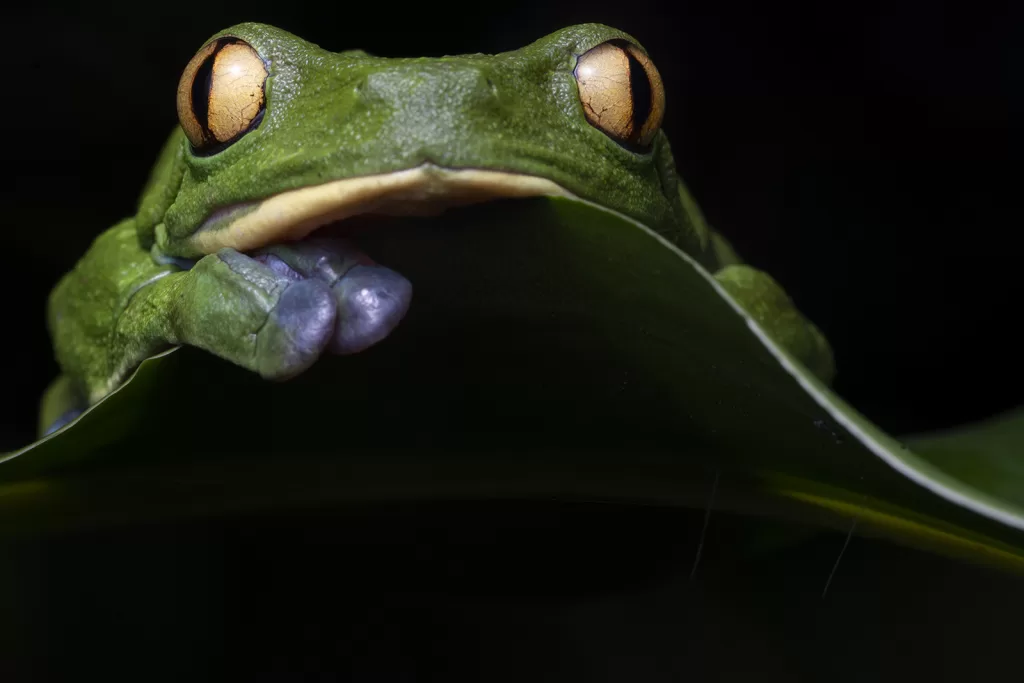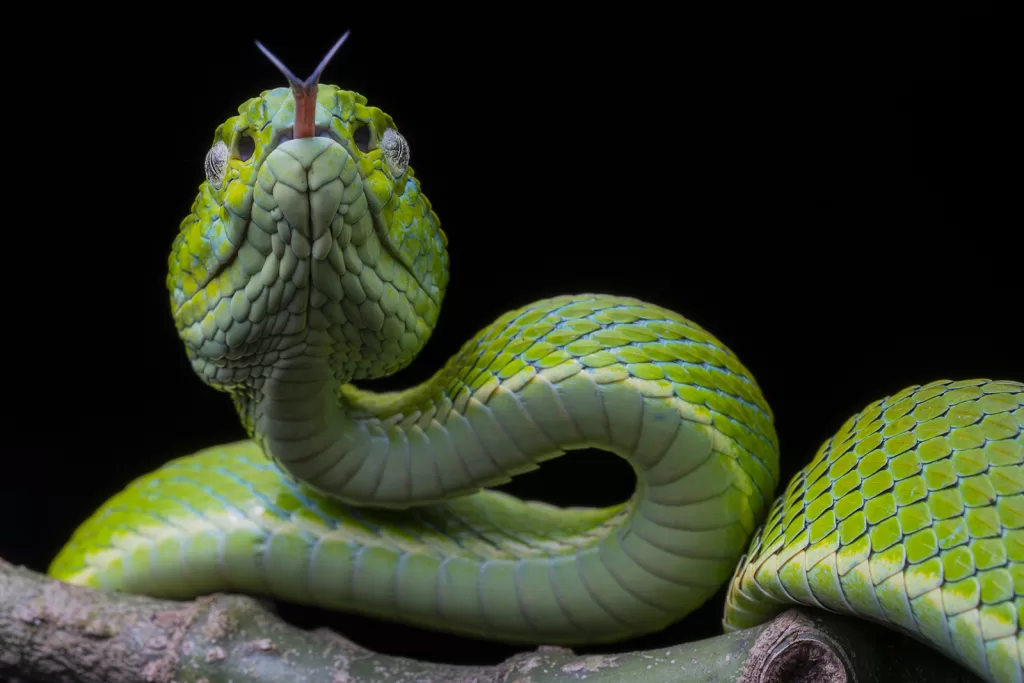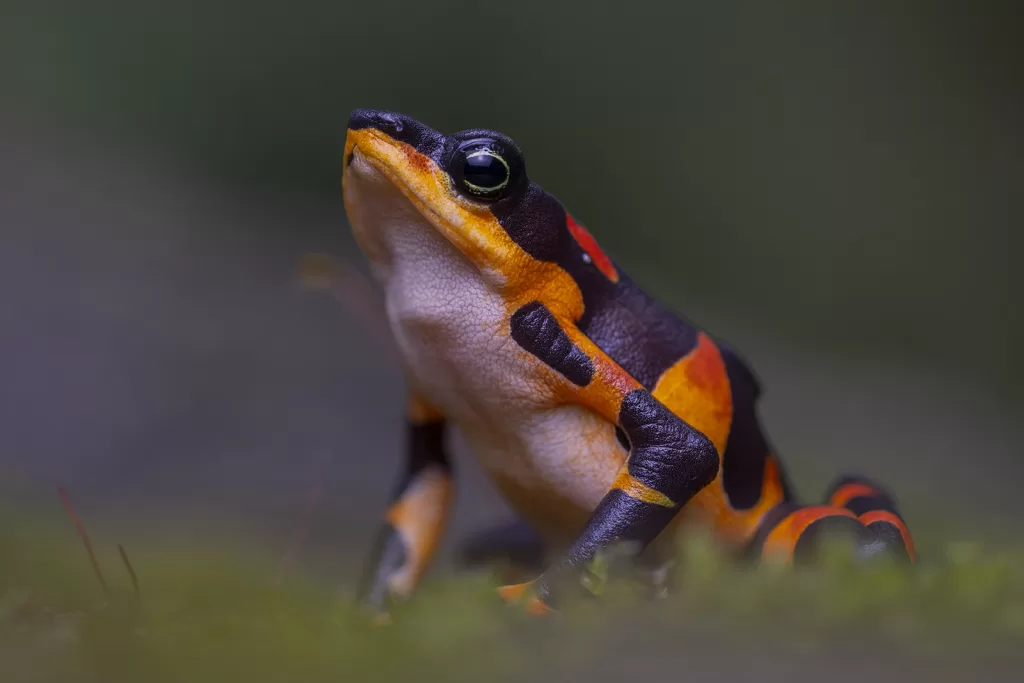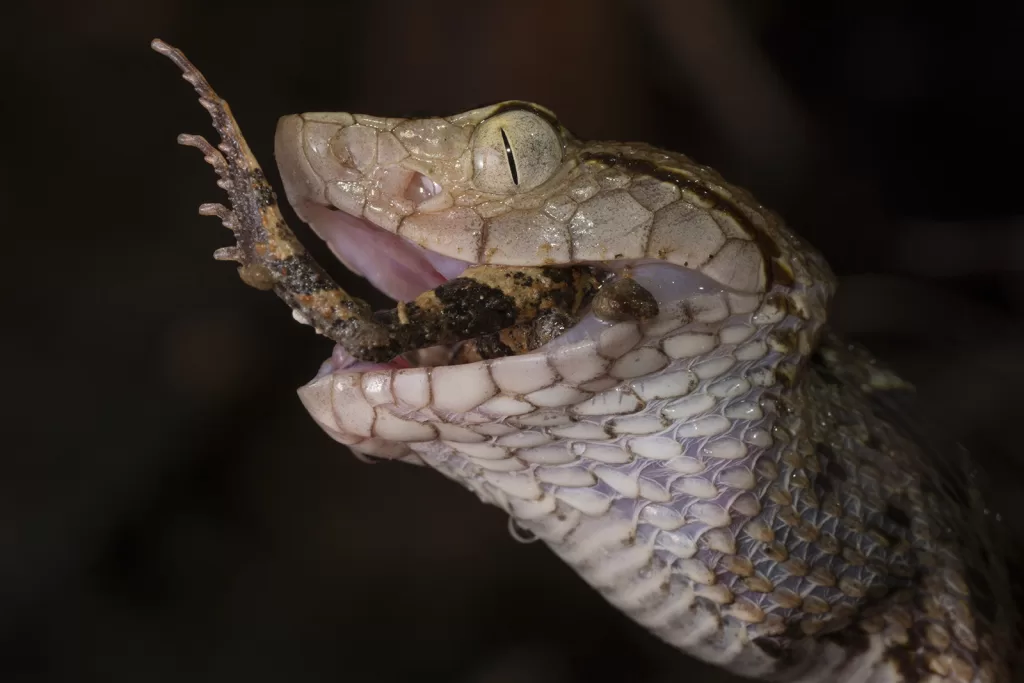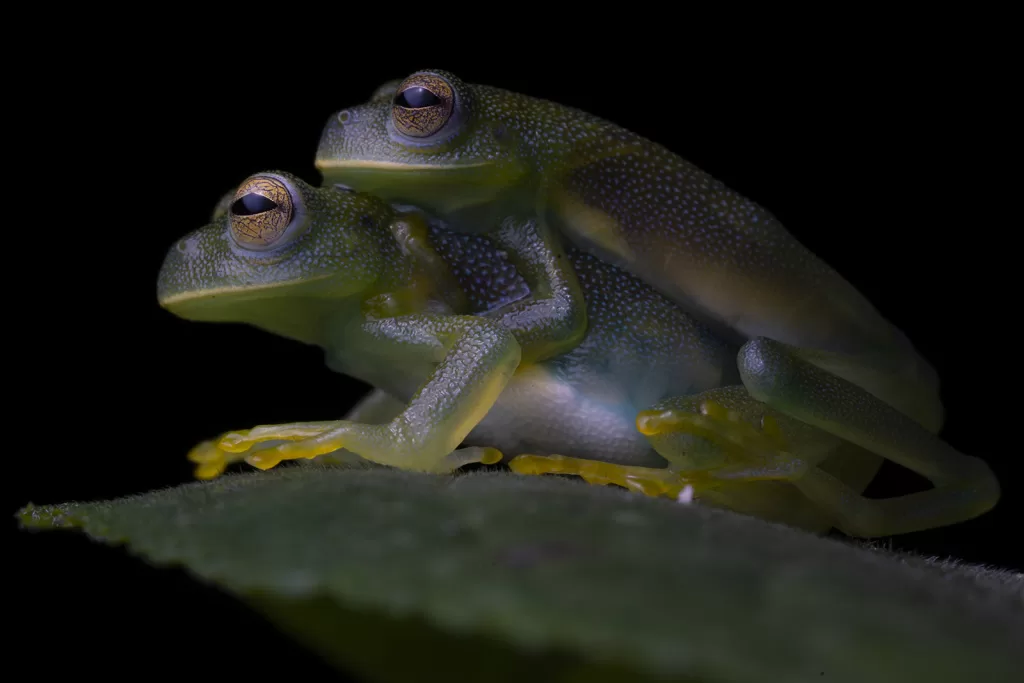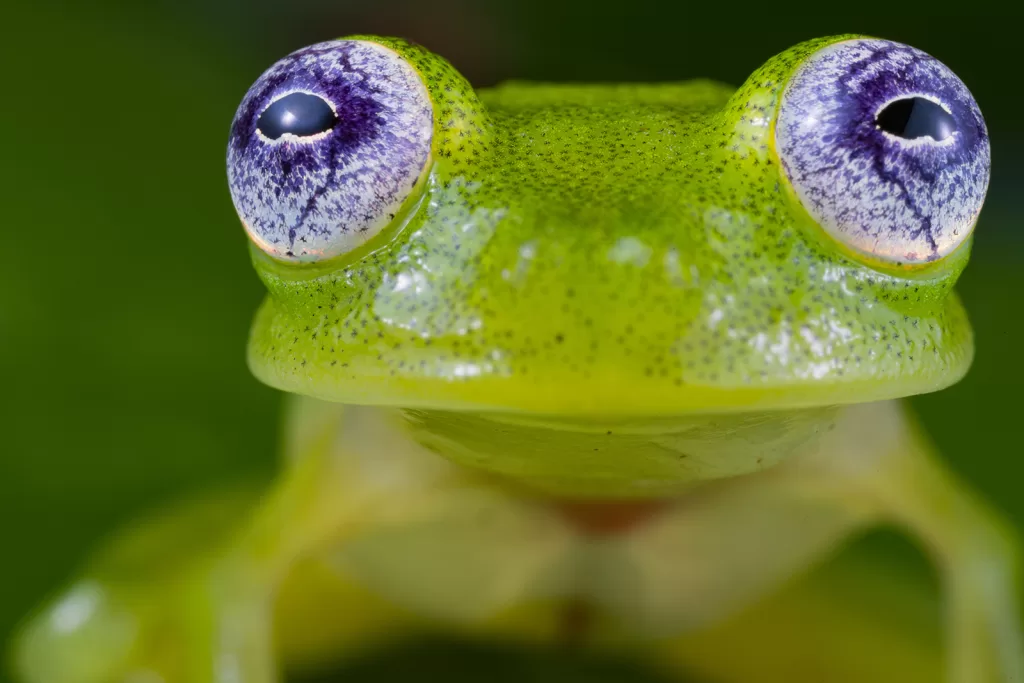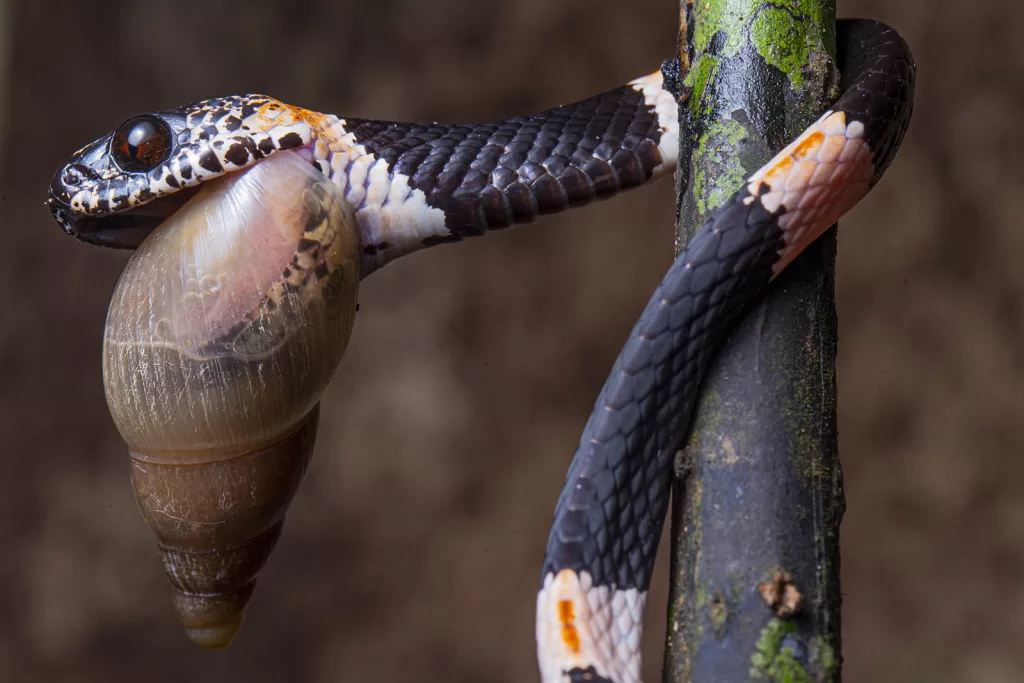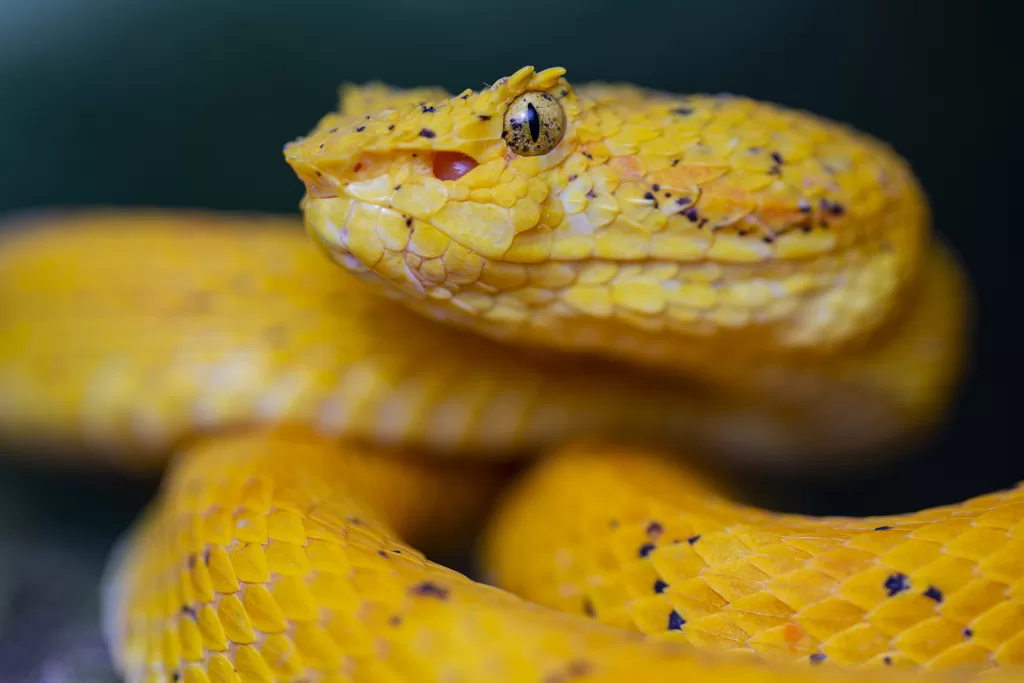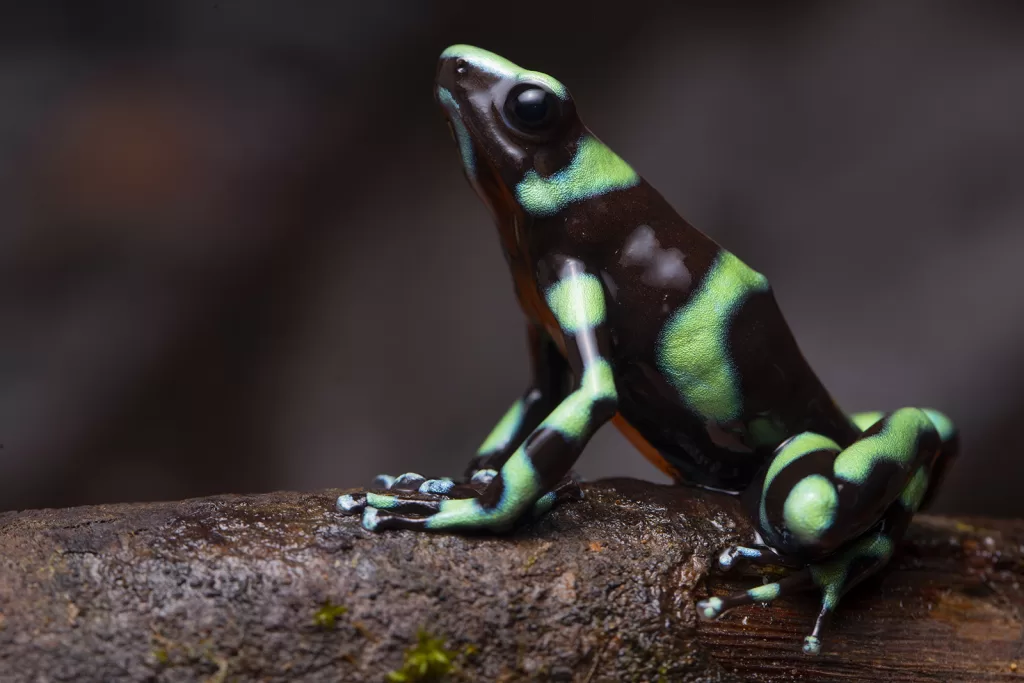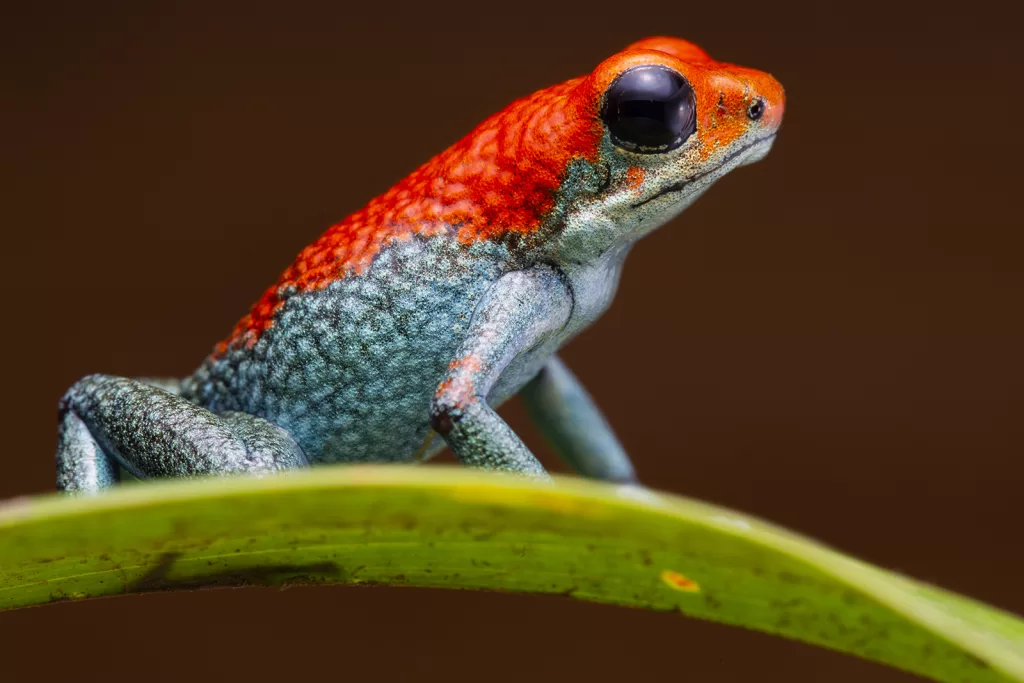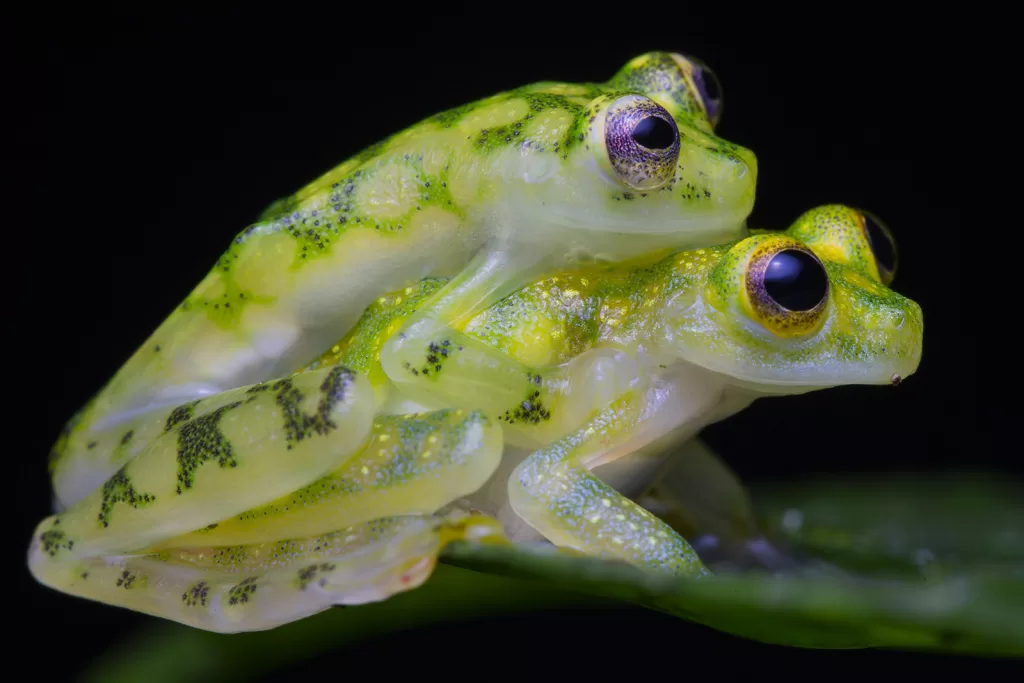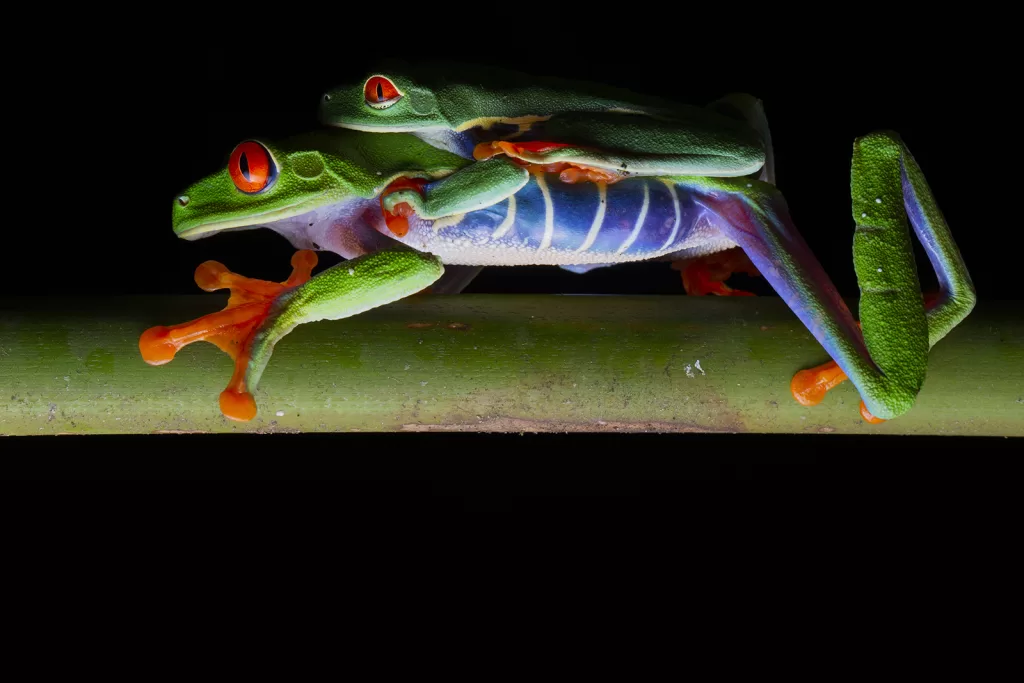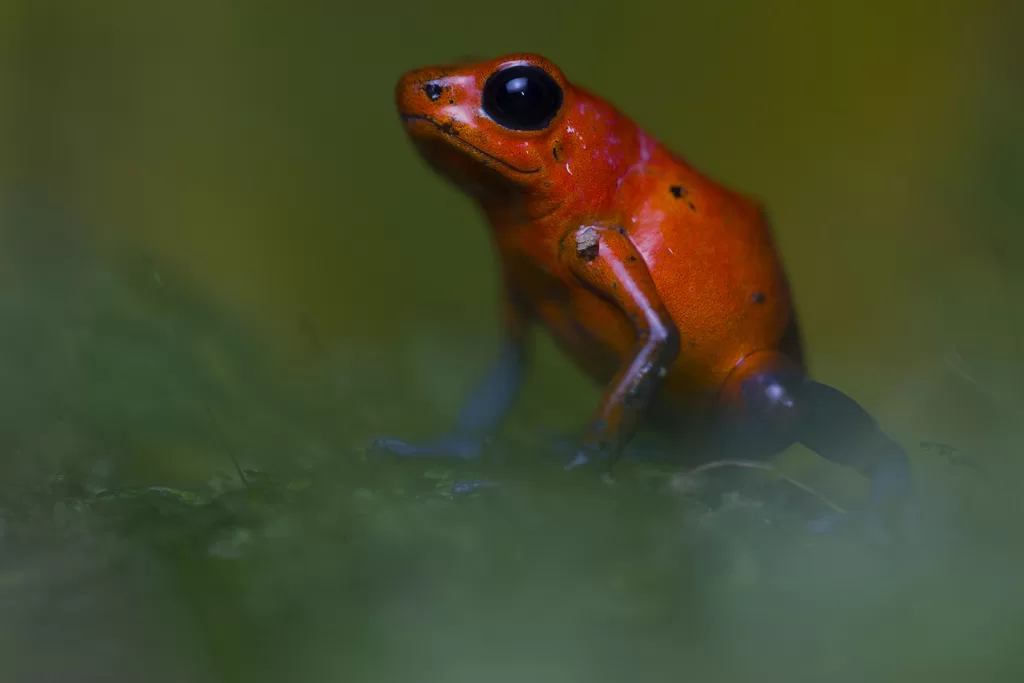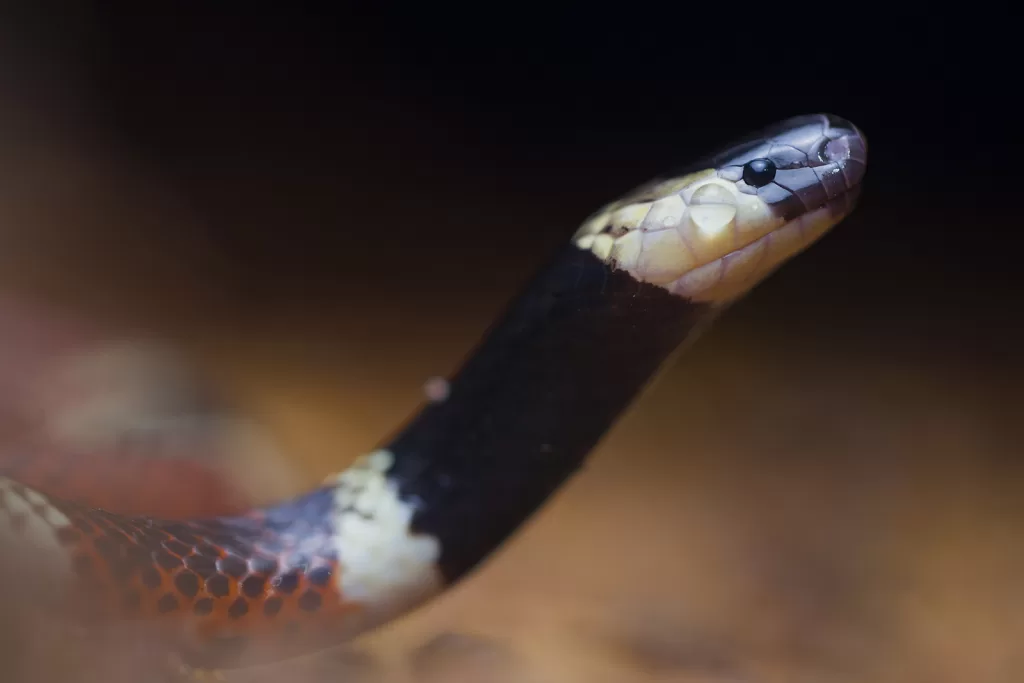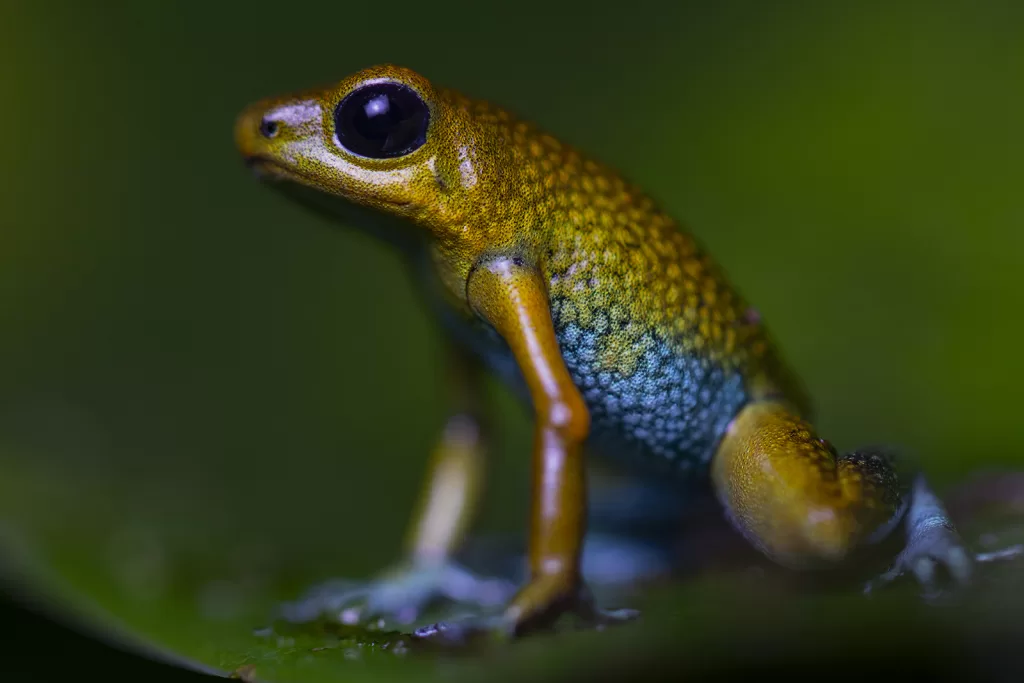Costa Rica Herping Tour
Scroll down
About the Tour
This 9-day trip through Costa Rica is designed for those who love herping, photography, and tropical biodiversity. It starts in San José and takes us through cloud forests, lowland jungles, coastal areas, and high mountains, exploring unique habitats in search of iconic and rare species.
Throughout the journey, we observe and photograph iconic frogs like the red-eyed tree frog, harlequin frogs, and various glass frogs; snakes such as eyelash vipers, fer-de-lance, and coral snakes; and lizards like anoles and basilisks. The itinerary includes night walks, daytime observation, visits to reserves and parks like Corcovado, and downtime at comfortable lodges immersed in nature.
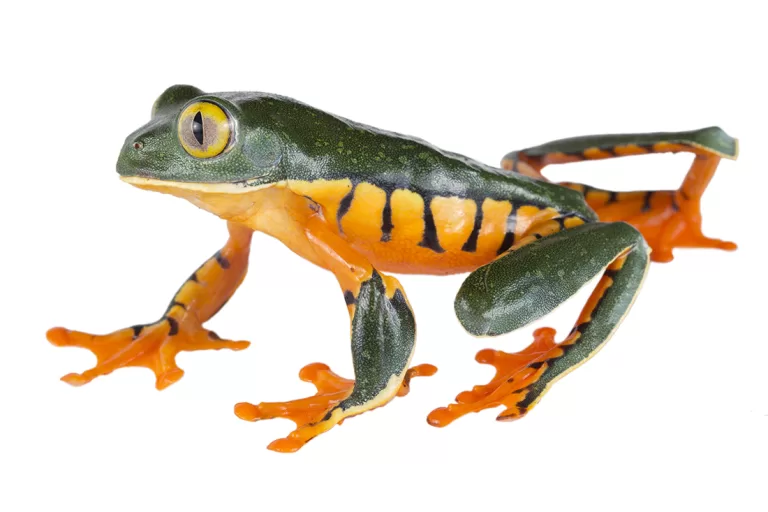
Date
All year
Activity level
Easy - Intermediate
Available spaces
Since 1
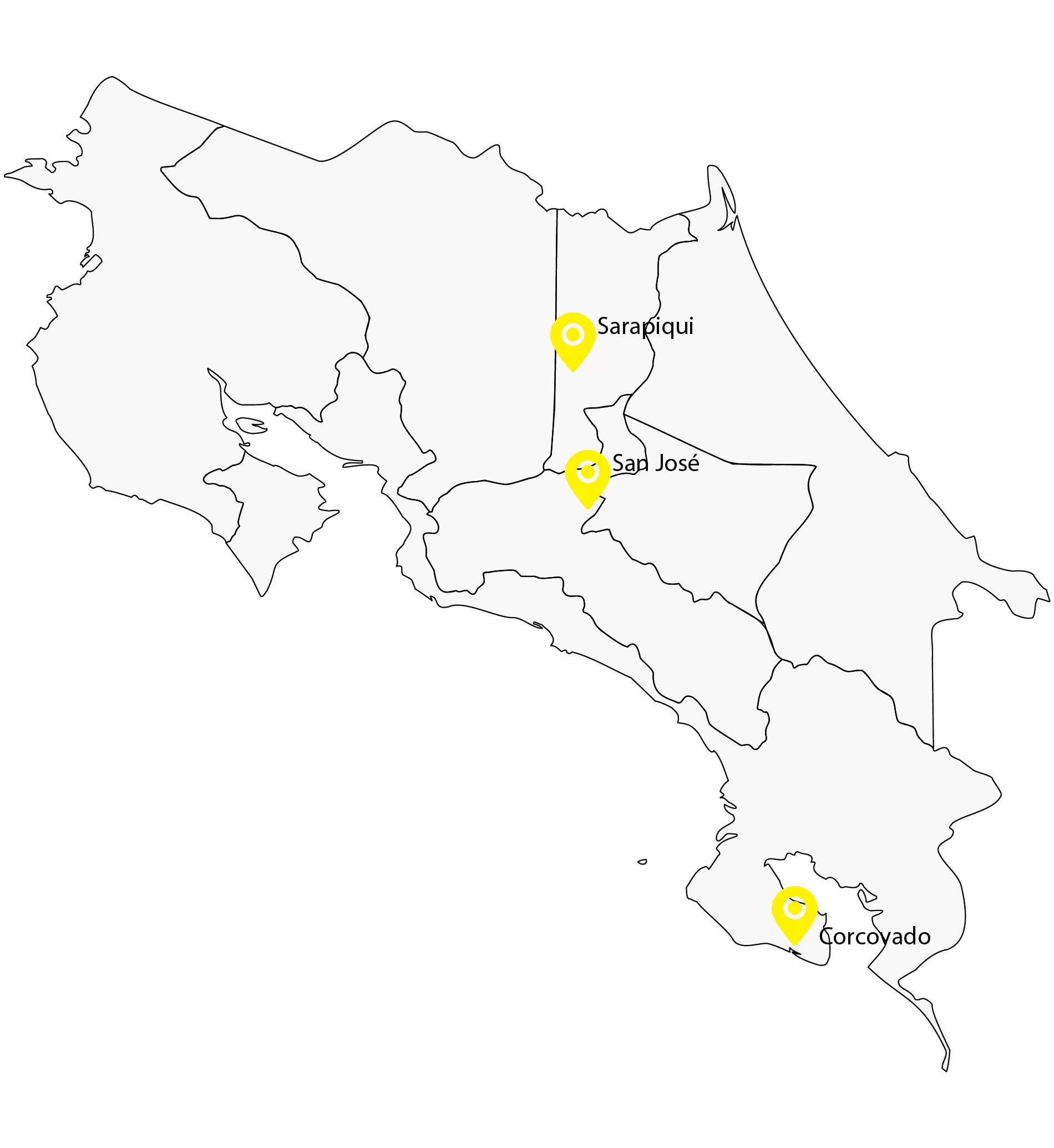
Itinerary
Day 1 | Arrival day
Arrival at the Juan Santamaria Intl. Airport, Costa Rica. You will be welcome at the airport by your guide and driver.
Immediately we will start the drive around 45 minutes to the hotel in San Jose city.
Once at the hotel, you can rest for recovering some energy.
At night, we will travel to Escazú near San José. We will look for vipers as Coffee Palm Viper (Bothriechis lateralis) and Fer-de-lance (Bothrops asper), as well the endemic Orange-eyed Tree Frog (Agalychnis annae). And if the weather help us, we will have chance to see lovely glassfrogs as the Cochran Glass frog (Cochranella granulosa) and Cascade Glassfrog (Sachatamia albomaculata).
Accommodation: Trébol Amarillo
Day 2 | Sarapiquí
After breakfast you can departure to the next hotel (1:45 hour drive), this is a lovely region for wildlife in Costa Rica. We will have so much fun in the forest while we find more and more pokemons with unique
photos opportunities. We will spend the day in the hotel enjoying the birds which arrive at the area or having a peaceful time at the pool. At night, we will go to search emblematic frogs as Sylvia’s tree frog (Cruziohyla sylviae), Atlantic Broad-headed Litter Frog (Craugastor megacephalus), Ecnomiohyla sukia and Diana’s Glassfrog (Hyalinobatrachium dianae), described as new in 2015. Maybe we are lucky and find the Bridled Anole (Anolis frenatus) resting on branches, and some snakes as Costa Rican earth snake (Geophis brachycephalus) and coral snakes as Costa Rican coral snake (Micrurus mosquitensis) and Allen’s Coral Snake (Micrurus alleni)
Accommodation: Sun Sun Lodge.
Day 3-4 | Centro Manu
After breakfast, we will travel (45 minutes) to our nex destination. In this lodge, we will take lunch, rest and enjoy the bird feeders and the trails for toucans, tanagers, and with lucky, the sloth Choloepus hoffmanni and the famous bat Ectophylla alba resting under their “tent”. This is a spot for the Blue jeans poison frog (Oophaga pumilio)!
At night, we will search Eyelash viper (Bothriechis nigroadspersus) among others.
The next day will be a full day in Centro Manu, including an Owls tour.
At night, we will look for more creatures, as the Los Diamantes worm salamander (Oedipina carablanca), the Ghost Glassfrog (Sachatamia ilex), Spiny-headed tree frog (Triprion spinosus), Palmer Tree frog (Hyloscirtus palmeri), La Loma Robber Frog (Pristimantis caryophyllaceus) and the most famous frog in the world, Re-Eyed Tree Frog (Agalychnis callidryas). Snakes and lizards are always targets for us, so we also search coral snakes, the false coral “Rhinobothryum bovalli”, eyelash vipers and the ground viper “Porthidium nasutum”. On branches, we can find Green Basilisk (Basiliscus plumifrons) sleeping.
Accommodation: Centro Manu.
Day 5 | Cerro de la Muerte and Pérez Zeledón
After breakfast, we will start heading to our next location in the Central Pacific. After 5 hours, we will take the lunch and will meet the Cerro de la Muerte, a cold mountain that show us the ecosystems of the Costa Rica highlands. Here, we will try to find the Salamander “Bolitoglossa pesrubra”. Then, we will travel to our comfortable hotel.
At night, we will go to see one of the most iconic frogs from Central America, the adorable but Critically Endangered Variable Harlequin frog, or Harlequin toad, because they are true toads (Atelopus varius). This population is protected in a small reserve and the owner manage ecoturism to conservate the forest restaurant. To do this, we will follow a biosecurity protocol to minimize the risks of disease transmission. At the same place, we will search Blotched Palm-pit Viper (Bothriechis supraciliaris), Central American Jumping Pit Viper (Metlapilcoatus mexicanus), Emerald Glassfrog (Espadarana prosoblepon) and Riverbank Anole (Anolis riparius).
Accommodation: Adrimarán Hotel.
Day 6-7 | Sierpe and Corcovado
After the breakfast, we will drive to the Sierpe area for around 3 hours. However, during the trip, we will make a stop to look for a very unique species, as well as being one of the rarest in Costa Rica: The Ujarran Hognosed Pitviper (Porthidum volcanicum) to promote a local conservation project.
After the lunch, we will arrive at our hotel for resting time. In the afternoon, we will take a Ferry to arrive at our herping location, to look for Golfo Dulce Poison Frog (Phyllobates vittatus), Smooth helmeted iguana (Corytophanes cristatus), False Chamaleon (Polychrus gutturosus), Fer delance (Bothrops asper), Eyelash Palm Viper (Bothriechis nigroadspersus), Granular Poison frog (Oophaga granulifera) and the glass frog “Teratohyla pulverata”, among others.
The next day, we will take an early breakfast, because we will spend all the day in Corcovado National Park and Palmar Norte. This area is one of the best to see Puma (Puma concolor), Tapir (Tapirus bairdii), four species of monkeys, including Geoffroy’s Spider Monkey (Ateles geoffroyi), Coati (Nasua narica) and Tamandua (Tamandua mexicana). We will also search American crocodile (Crocodilus acutus), Red Macaw (Ara macao), Golfo Dulce Poison Frog (Phyllobates vitattus), Green and Black Poison frog (Dendrobates auratus) and Granular Poison frog (Oophaga granulifera) and Yates’ Coral Snake (Micrurus yatesi).
Accommodation: Cocodrilo Hotel.
Day 8 | Quepos and Tárcoles River
We will wake up early, because it’s time to return to San José. However, firstly we will stop in Quepos to see a different morph of the Granular Poison Frog (Oophaga granulifera), with a pretty green and yellow coloration.
We will continue and stop in Tárcoles river to see American crocodiles (Crocodilus acutus) from the bridge.
Later, we will continue until San José, where we will arrive at our hotel, where inhabit the Ferruginous Pygmy-Owl and Spot- breasted Oriole.
Accommodation: Hotel Robledal
Day 9 | Flight back home
8 fascinating and amusing days will be saved in photographs and our memories. These will serve as evidence of our time together in a
place where biodiversity has no limits.
It is time to say, “see you soon.” We trust that we will be able to share another adventure together.
After a comfortable rest and a delicious breakfast, we are ready to return to our homes.
Featured sightings
USD:
Included
- 8 nights of accommodation in high-quality hotels in double or single rooms.
- Expert herping guides and local guides.
- Transportation included.
- All meals included at the respective hotels.
- Entrance fees to private reserves.
Not included
- Domestic and international airfare, and airport taxes.
- Personal items and hygiene products.
- Laundry service.
- Travel insurance (We highly recommend purchasing travel insurance. In case you need to cancel your trip for medical or other reasons, this insurance will protect you).
- Souvenirs.
- Expenses or additional tours not mentioned as included above.
Medical expenses, prescription medications, and other personal items. - Additional tours offered at hotels (spa, massages, etc.).
- Alcoholic beverages, cigarettes, and any other items not included in restaurant menus.
General tips
For a better experience, it’s important to keep in mind a few factors that will help make your stay in Costa Rica more comfortable:
- If you’d like to take home some souvenirs, we recommend bringing some extra cash to purchase them at the various places where we’ll be staying (the local currency is the Costa Rican colón).
We suggest exchanging around USD 200, or the equivalent in your local currency, at the airport. For any other expenses, we recommend using a credit card. - Mosquito repellent
- Sunscreen
- Hats
- Flashlight (preferably a headlamp)
- Bags for storing wet clothes
- Water bottle
- Trekking shoes
Photographic equipment
As photographers, we know how challenging it can be to decide how much equipment to bring on trips, as we always want to pack everything to maximize the experience. Below are our recommendations for what type of gear to bring:
- Macro lens.
- Wide-angle macro lens (15mm or 24mm).
- Rain gear for equipment.
- Tripod.
- Flashes.
- Diffusers.
- Batteries.
- Battery chargers.
- Cleaning equipment.
- Plug adapter in case you’re using international chargers.
Clothing
For your trip to Costa Rica, it’s recommended to pack lightweight and breathable clothing, such as garments made of cotton, linen, or moisture-wicking technical fabrics that allow your skin to breathe. Long pants and long-sleeved shirts are ideal for protecting yourself from mosquitoes, especially if you choose light-colored, comfortable options. Additionally, if you’ll be in jungle areas like Corcovado, it’s helpful to wear insect-repellent-treated clothing or bring extra repellent for both your skin and clothes. Don’t forget a hat or cap to protect yourself from the sun, especially in sunny areas like Sarapiquí.
As for footwear, opt for waterproof and comfortable boots or shoes that can handle the humid climate. For higher altitude areas such as Pérez Zeledón, a lightweight waterproof jacket or rain poncho will come in handy for cooler temperatures. Also, if you plan to enjoy any water activities, be sure to bring a swimsuit. With these tips, you’ll be well-prepared to enjoy your trip comfortably and safely.
tour leader
At Photo Wildlife Tours, we make sure to work with the best local guides—experts in wildlife, photography, and exceptional service. Our guides are carefully selected for their extensive knowledge and experience, ensuring a unique and educational experience. We also promote a strong ethic of respect and care toward animals, making sure all our tours are conducted responsibly and mindfully.
With us, you can trust that you’ll be accompanied by professionals who are fully committed to quality, conservation, and the enjoyment of nature.
Do you need more information?
- 593 98 904 9567
- [email protected]
- Quito - Ecuador
